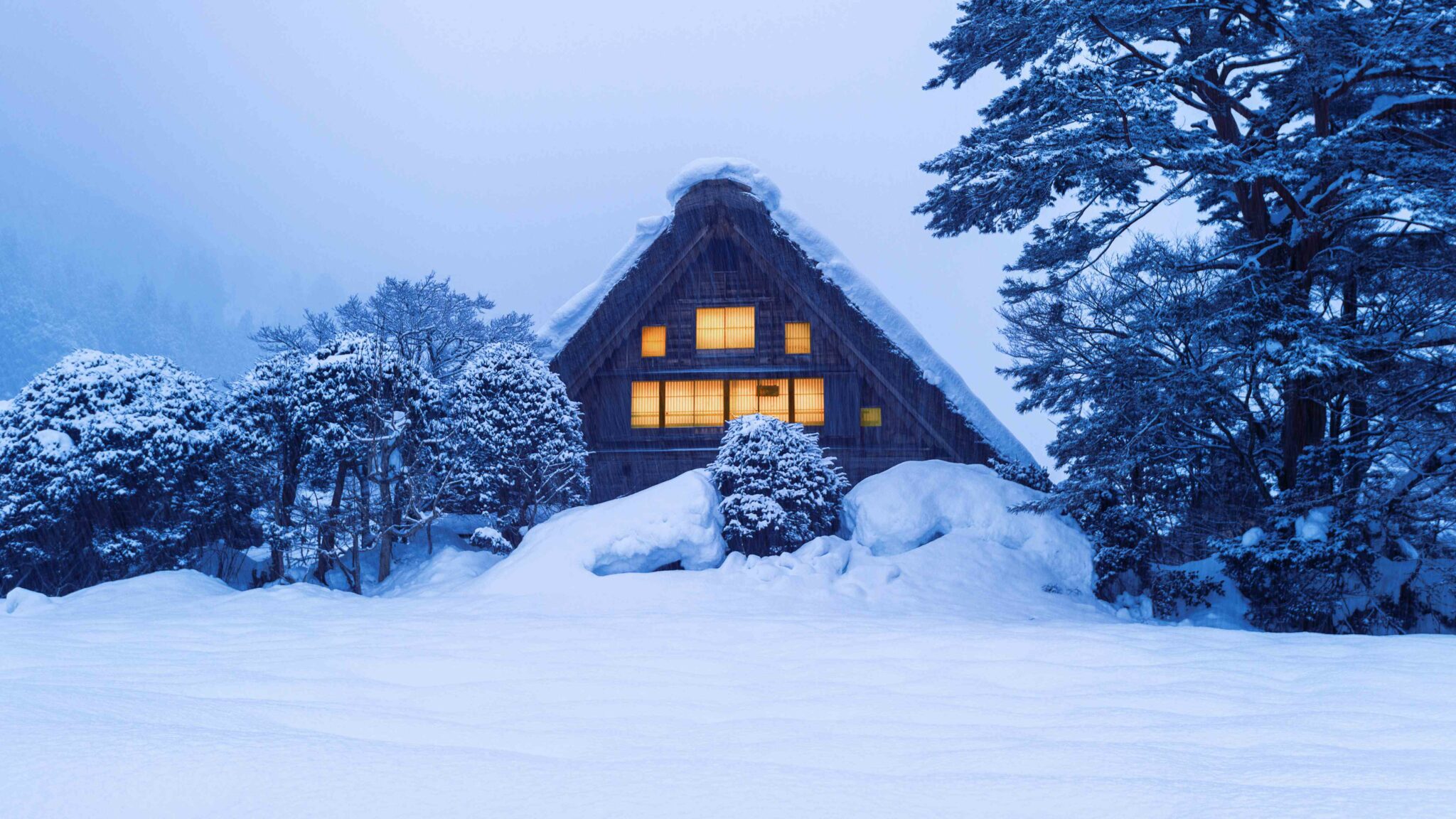この投稿文は次の言語で読めます:
日本語 (Japanese)
Reiwa 3 Heavy Snow
Region: Tohoku region, Hokuriku region
Period: January 2021 (Reiwa 3 January)
Damage: Severe
From December 2020 through February 2021, a strong cold air mass brought heavy snowfall over a wide area, mainly along the Sea of Japan side from northern to western Japan. This was the most recent heavy snowfall in recent years. Between January 7 and January 11, snowfall amounted to 213 cm in Takada City, Niigata Prefecture; 192 cm in Shirakawa, Gifu Prefecture; and 158 cm in Ono City, Fukui Prefecture. In particular, Takada City recorded a 24-hour snowfall of 103 cm, marking the highest amount on record.
Due to accidents such as falls during rooftop snow removal, there were 27 deaths and 360 injuries. About 280 houses were damaged. In various regions, vehicles became stranded on highways and major roads, leading to numerous cancellations of local and limited express trains. On February 23, a local train on the JR Hakodate Main Line was stranded, trapping 11 passengers inside until the next morning.
Hokuriku Heavy Snow
Region: Hokuriku region
Period: February 2018 (Heisei 30 February)
Severity: Severe
From February 3 to February 8, 2018, a strong cold air mass brought heavy snowfall primarily along the Sea of Japan side. In the Hokuriku region especially, widespread heavy snow fell even in low-lying areas. The largest recorded snow depths included 147 cm in Fukui City, 87 cm in Kanazawa City, and 75 cm in Toyama City, marking a record snowfall not seen in 37 years.
On National Route 8 in northern Fukui Prefecture, about 1,500 vehicles were stranded over a 10 km stretch. A man in a vehicle that had run up onto a snowbank died of carbon monoxide poisoning—an incident that remains a vivid reminder of the dangers of being stranded.
Twenty-two people lost their lives due to falls while removing snow from roofs, and about 300 were injured. Vehicle strandings were frequent not only in the Hokuriku region but in other areas as well. On the JR West Hokuriku Main Line between Kanazawa Station and Tsuruga Station, services were suspended from the first train of the day, resulting in 88 limited express train cancellations and 146 local train cancellations.
This event significantly disrupted logistics, impacting economic activities. In Fukui Prefecture, supermarkets and convenience stores experienced shortages, and gas stations introduced fuel rationing due to limited supplies of gasoline and kerosene, leading to considerable confusion in various areas.
Western Japan Heavy Snow
Region: Kyushu region, Hokuriku region, Tohoku region
Period: January 2016 (Heisei 28 January)
Severity: Moderate
In January 2016, a strong winter-type pressure pattern covered a wide area mainly along the Sea of Japan side, causing heavy snowfall. Because significant snowfall occurred as far as the Kyushu and Chugoku regions, it is known as the Western Japan Heavy Snow or the Heisei 28 Heavy Snow.
In Ōkuchi (Isa City, Kagoshima Prefecture), temperatures dropped to -15.2°C, the lowest on record there. Many places recorded their lowest temperatures in history or the coldest in decades. On January 24, Amami Ōshima saw snow for the first time in 115 years, and in Nago on the main island of Okinawa, snowfall was observed for the first time on record.
Snow depths included 95 cm in Nagaoka City, Niigata Prefecture, 17 cm in Nagasaki City, and 14 cm in Kagoshima City. After the cold wave ended, burst water pipes caused extensive water outages throughout Kyushu, impacting lifelines for several weeks.
Hokkaido Heavy Snow
Region: Hokkaido, Tohoku region
Period: December 2011 to March 2012 (Heisei 23 December to Heisei 24 March)
Severity: Severe
From December 2011 to March 2012, record-breaking snowfall occurred mainly in areas along the Sea of Japan side of Hokkaido. Snow depths reached 496 cm in Sukayu (Aomori City, Aomori Prefecture), 228 cm in Kutchan, Hokkaido, and 144 cm in Noboribetsu, Hokkaido. Many locations recorded their highest snow depths ever, or amounts close to those records.
In February, sudden “guerrilla snowstorms” caused numerous train and ferry cancellations, including local and limited express services. On National Route 279, a truck skidded, leading to about 200 following vehicles being stranded until the next morning.
Snow removal work, such as clearing rooftops, contributed to a total of 132 fatalities.
Heisei 18 Heavy Snow
Region: Sea of Japan side, nationwide
Period: December 2005 to February 2006 (Heisei 17 December to Heisei 18 February)
Severity: Extremely Severe
From December 2005 to February 2006, strong cold air inflows and rapidly developing low-pressure systems brought heavy snowfall primarily to the Sea of Japan side but also to many parts of Japan. Snow depths included 453 cm in Sukayu (Aomori City, Aomori Prefecture), 416 cm in Tsunan Town (Nakauonuma District, Niigata Prefecture), 379 cm in Ōkura Village (Yamagata Prefecture), and 323 cm in Tōkamachi (Hokkaido). Many areas recorded their highest snowfall on record or amounts approaching those records. Even regions with typically low snowfall, such as Kyushu, Shikoku, and the Chugoku region, experienced heavy snow.
Numerous vehicle slips and collisions occurred due to the snow, and falls during rooftop snow removal led to 152 deaths. More than 2,000 people were injured. Over 4,500 homes were partially or more seriously damaged. Regarding lifelines, over 1.3 million households lost power, and more than 60,000 households experienced water outages. This event stands as one of the largest-scale heavy snow disasters in recent years.
この投稿文は次の言語で読めます:
日本語 (Japanese)




コメント